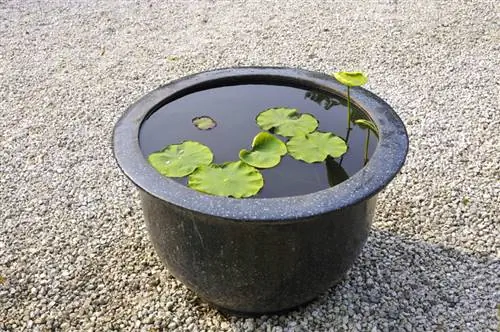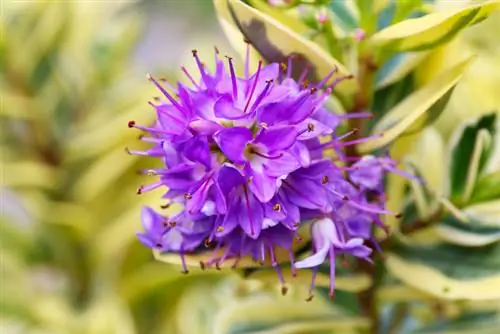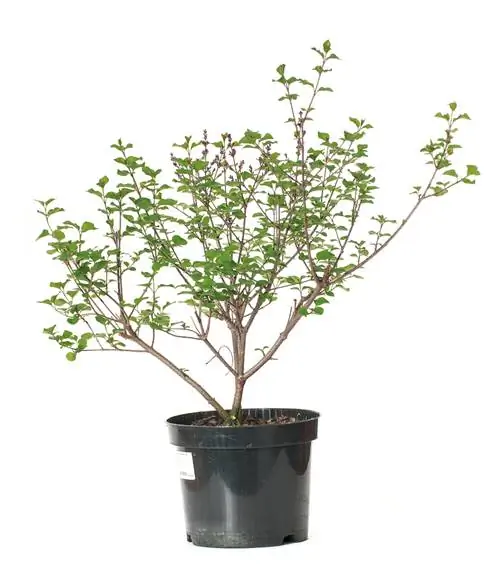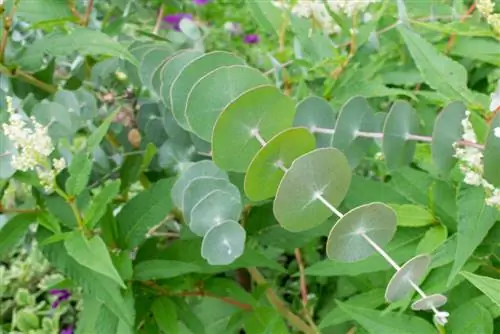- Author admin [email protected].
- Public 2023-12-16 16:46.
- Last modified 2025-01-23 11:20.
The Japanese Japanese maple (Acer palmatum) is ideal for growing in containers on the balcony or terrace. The ornamental tree, often referred to as the 'slotted maple' due to its characteristically deeply slotted or lobed leaves, is a flat-rooted tree, and it also grows very slowly, averaging around five to ten centimeters per year.
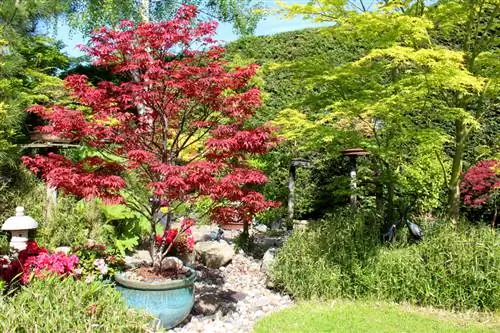
How do you care for a Japanese maple in a pot?
A Japanese maple in a pot requires a deep, wide pot with drainage, moisture-loving but well-drained substrate and a partially shaded location. The plant should be watered regularly but sparingly and fed with maple fertilizer every 3-4 weeks. Winter protection is recommended.
Choosing the right variety
Basically, (almost) all varieties of Japanese maple can be cultivated in a bucket - provided, of course, that it is large enough. Naturally, however, the dwarf varieties are best suited, including popular varieties such as 'Kamagata', 'Kotohime' and various 'Dissectum' slotted maples such as 'Garnet'. By the way, red Japanese maple is particularly interesting, as its brightly colored leaves are an impressive eye-catcher, and not just in autumn.
Location and substrate
Fan maples prefer different locations depending on the variety. Some of these exotic plants like it very sunny, others feel more comfortable in light partial shade. Fortunately, in this case, keeping them in a container has the advantage that - in contrast to planted specimens - the location remains variable. The pot simply needs to be moved if necessary. However, it is important to pay special attention to the substrate in the pot.
Planting Japanese maple in a pot
The ornamental tree likes it nice and moist, but it absolutely cannot tolerate waterlogging. For this reason, when planting or repotting, you should not only pay attention to the right substrate, but also to good drainage. A mixture of loose, humus-rich potting soil, coarse sand and expanded clay or clay granules is suitable as planting soil.
- Choose a pot that is as deep and wide as possible with drainage at the bottom.
- The planter should be about twice the size of the root ball.
- Place some pottery shards over the drain hole to avoid muddying up.
- On top of this is a layer of expanded clay or clay granules several centimeters thick.
- Now fill the plant substrate into the pot.
The right care
When it comes to watering and fertilizing the Japanese maple, the basic rule is: less is more. Of course, you should use fertilizer more often than with planted specimens, because potted maples - unlike others - cannot take care of themselves. Ideally, you should fertilize about every three to four weeks with a good complete fertilizer (€9.00 on Amazon) or a special maple fertilizer; organic fertilizers are also very suitable. Prune Japanese maples as little as possible.
Tip
Also in contrast to planted specimens, Japanese maples in the pot need good winter protection, otherwise the sensitive roots freeze in severe frost and the plant dies.


